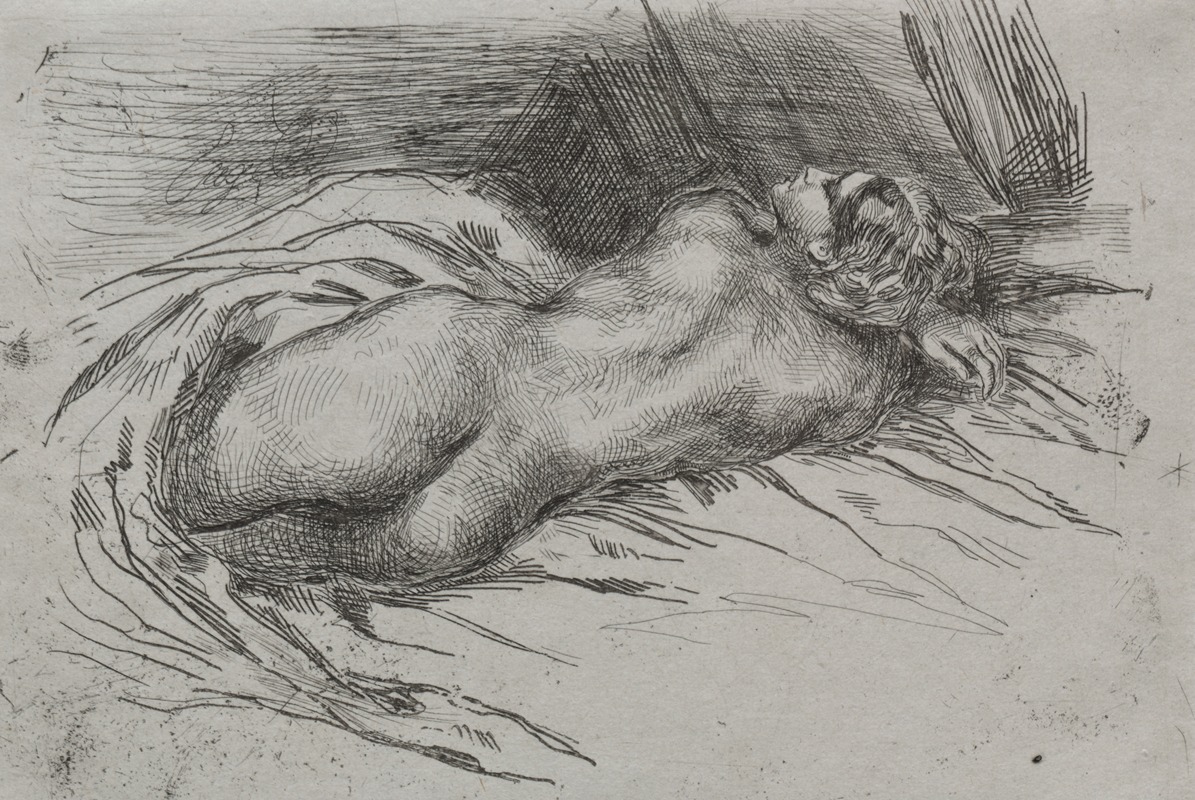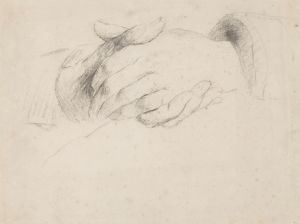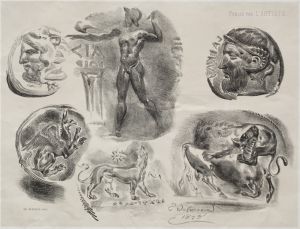
Study of a Woman Seen from the Back
A hand-painted replica of Eugène Delacroix’s masterpiece Study of a Woman Seen from the Back, meticulously crafted by professional artists to capture the true essence of the original. Each piece is created with museum-quality canvas and rare mineral pigments, carefully painted by experienced artists with delicate brushstrokes and rich, layered colors to perfectly recreate the texture of the original artwork. Unlike machine-printed reproductions, this hand-painted version brings the painting to life, infused with the artist’s emotions and skill in every stroke. Whether for personal collection or home decoration, it instantly elevates the artistic atmosphere of any space.
"Study of a Woman Seen from the Back" is a painting by the renowned French Romantic artist Eugène Delacroix. Delacroix, born on April 26, 1798, and passing away on August 13, 1863, is celebrated for his expressive brushstrokes and his emphasis on color and movement, which significantly influenced the development of both Impressionism and Post-Impressionism.
The painting "Study of a Woman Seen from the Back" is an exemplary piece that showcases Delacroix's skill in capturing the human form and his interest in the naturalistic representation of the body. The artwork depicts a woman viewed from behind, focusing on the contours and musculature of her back. This perspective allows Delacroix to explore the anatomy and the play of light and shadow on the human body, which are recurrent themes in his studies and finished works.
Delacroix's approach to this study is indicative of his broader artistic philosophy, which often involved a deep investigation into the human figure. His studies were not merely academic exercises but were integral to his creative process, allowing him to experiment with form, composition, and technique. This particular study is likely to have been part of his preparatory work for larger compositions or as an exploration of the human form in its own right.
The painting is characterized by its loose, yet deliberate brushwork, a hallmark of Delacroix's style. The use of light and shadow in the study emphasizes the three-dimensionality of the figure, giving it a lifelike presence. The choice of a rear view allows for a focus on the structural elements of the back, shoulders, and neck, areas that Delacroix rendered with a keen eye for anatomical accuracy and artistic expression.
Delacroix's works often drew inspiration from a wide range of sources, including literature, history, and his own travels. While "Study of a Woman Seen from the Back" is a more intimate and focused piece compared to his grand historical and literary scenes, it nonetheless reflects his broader interests and his dedication to capturing the essence of his subjects.
The painting is part of Delacroix's extensive oeuvre, which includes numerous studies, sketches, and finished works. His contributions to the art world were profound, influencing contemporaries and future generations of artists. Delacroix's legacy is preserved in many major art institutions around the world, where his works continue to be studied and admired for their technical mastery and emotional depth.
In summary, "Study of a Woman Seen from the Back" by Eugène Delacroix is a significant example of the artist's skill in rendering the human form and his exploration of light, shadow, and anatomy. This study reflects Delacroix's broader artistic endeavors and his impact on the trajectory of modern art.


















